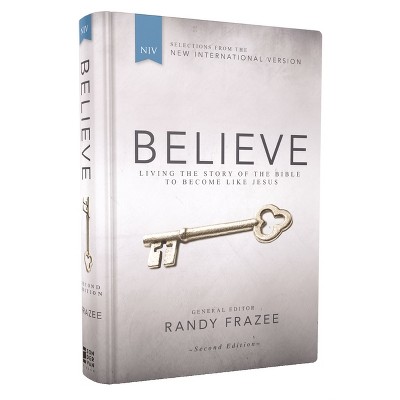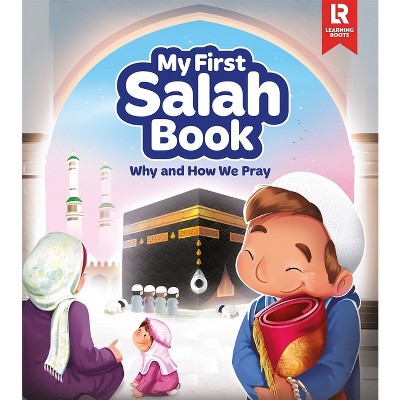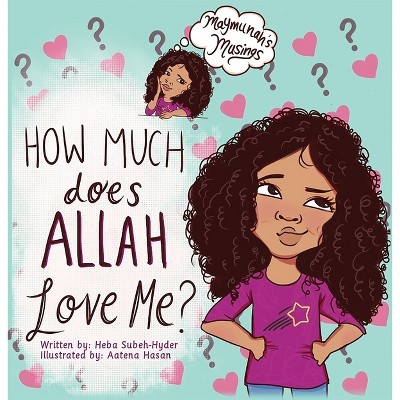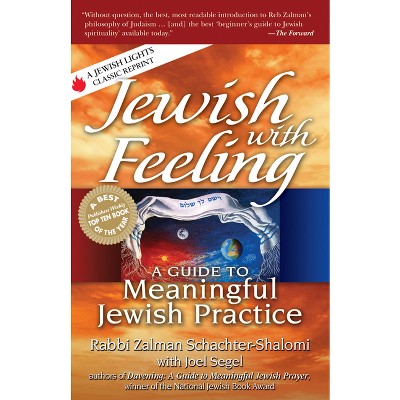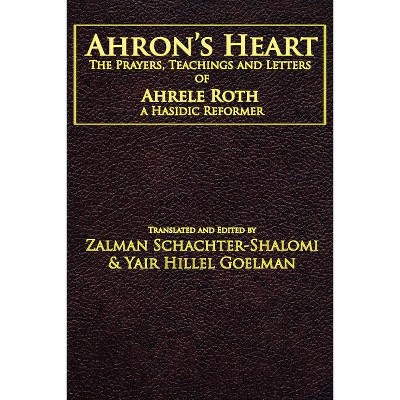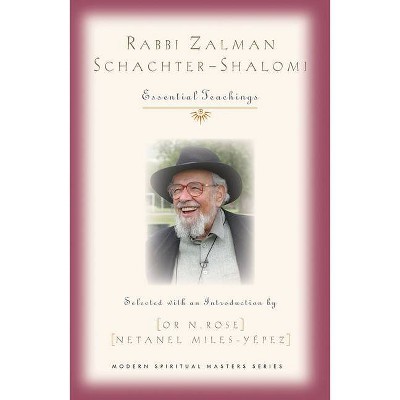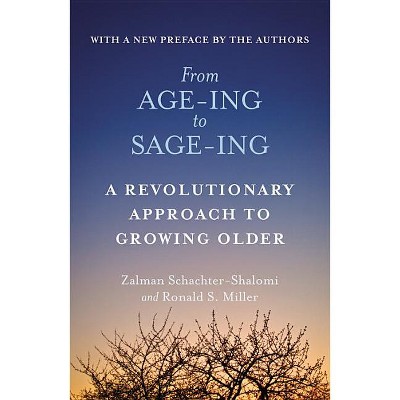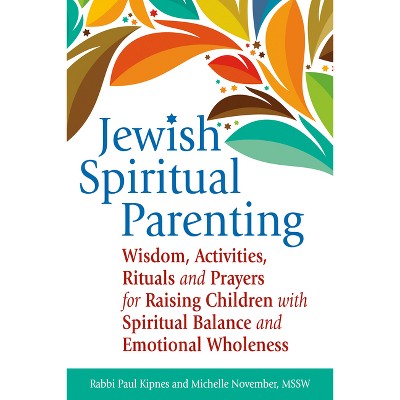Sponsored

Davening - by Zalman Schachter-Shalomi (Paperback)
In Stock
Sponsored
About this item
Highlights
- Offers you new ways to pray, new channels for communicating with God and new opportunities to open your heart to God's response, from one of the most important spiritual teachers in contemporary American Judaism.
- National Jewish Book Award (Jewish Life) 2012 1st Winner
- Author(s): Zalman Schachter-Shalomi
- 224 Pages
- Religion + Beliefs, Judaism
Description
About the Book
Offers you new ways to pray, new channels for communicating with God and new opportunities to open your heart to God's response, from one of the most important spiritual teachers in contemporary American Judaism.Book Synopsis
Offers you new ways to pray, new channels for communicating with God and new opportunities to open your heart to God's response, from one of the most important spiritual teachers in contemporary American Judaism.Review Quotes
This book is about "Davening," the Yiddish word for prayer.
Even people who insist that prayer is an intellectual process rather than an emotional, spiritual and religious experience, as demonstrated by Rabbi Zalman Schacter-Shalomi in this book, will enjoy reading his book. Also, even non-Jews will enjoy and benefit from the rabbi's views. Why?
First, the book is a delight to read. The rabbi tells stories on virtually every page, about himself, Chabad Chasidim and clever and thought provoking parables. Among many other things, the rabbi tells about kavanah, praying with focus, intention and meaning. He shows how to pray from the heart, rather than from the mind. Celebrating the Sabbath or holiday with kavanah, for example, gives the day a richer meaning.
He speaks also about the niggun, the melody, the wordless prayer, tunes Hasidim sing to get closer to God. Some have words and some do not. He tells how he used a niggun to get in the mood for prayer and how once he came so close to God by singing a niggun that he felt no need to continue with the formal prayers.
He tells about the mystical notion of God and how prayer fits into this notion. He gives readers "a traveler's guide" through the prayers, during which he describes many prayers and shows readers their inner meaning. He also tells how people can feel "at home in Shul," what they should do to feel what they are experiencing and how to get the most out of the experience.
Shipping details
Return details
Frequently bought together

